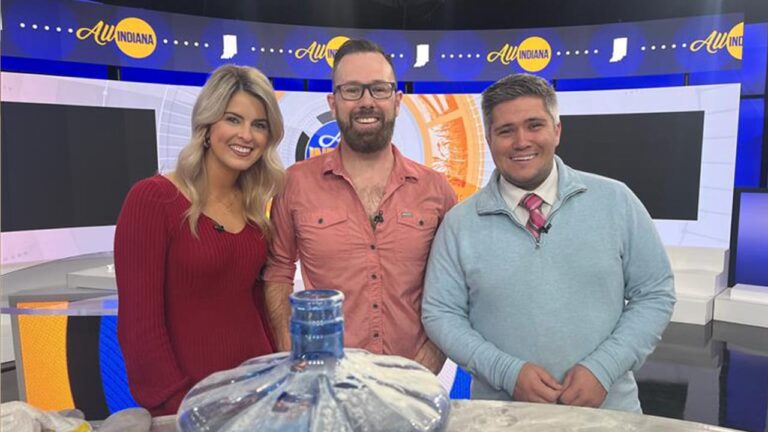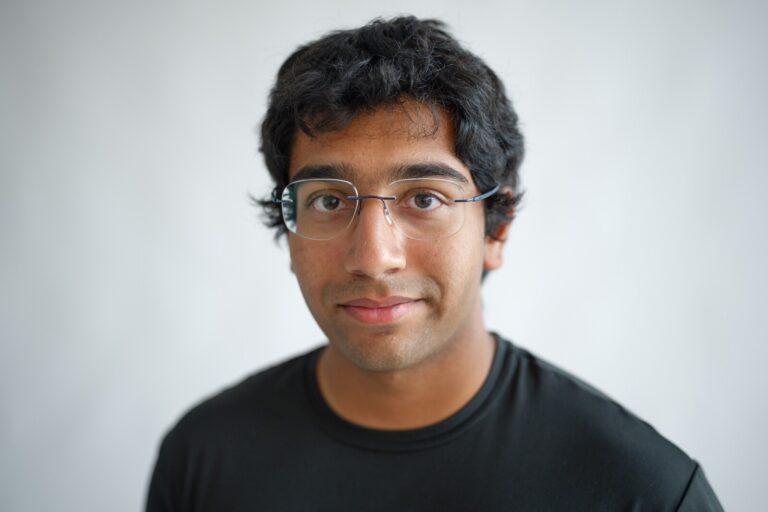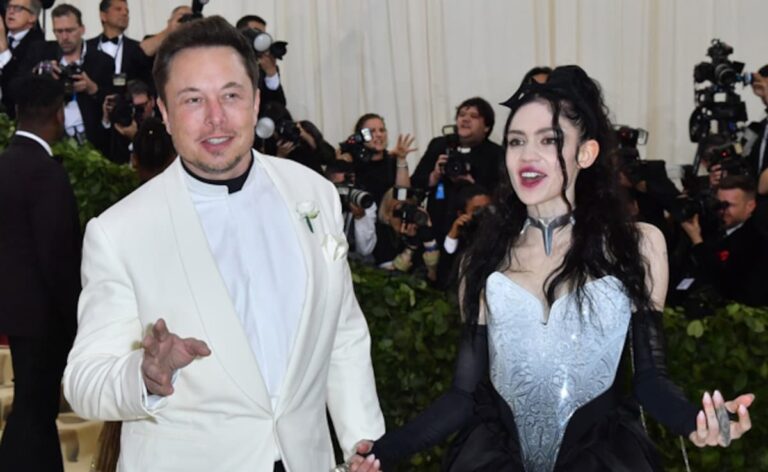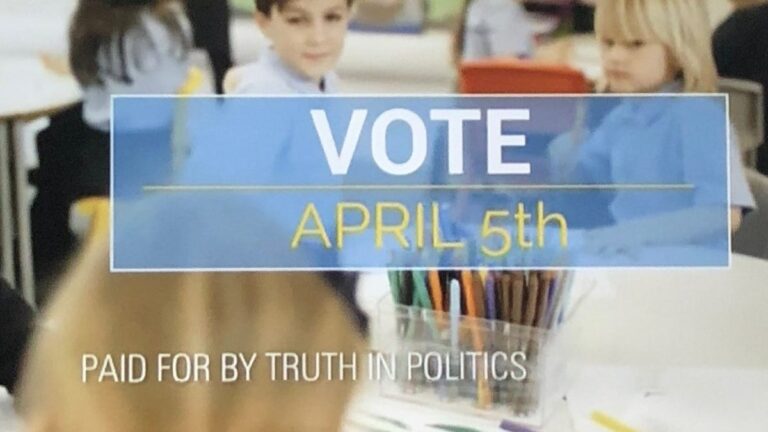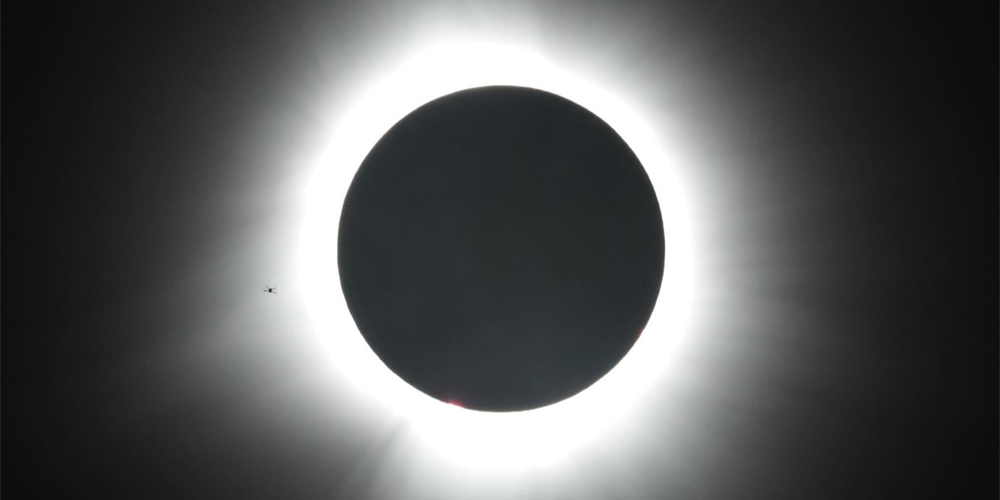
On April 8, I took 11 neurodivergent students, two chaperones (including myself), and one employee from our college and his family on a 17-hour field trip – 11 of which we spent in two trucks and one car in the bumper – heavy traffic Which stretched across the entire state of Vermont – to view the complete solar eclipse in far northern Newport, Vermont.
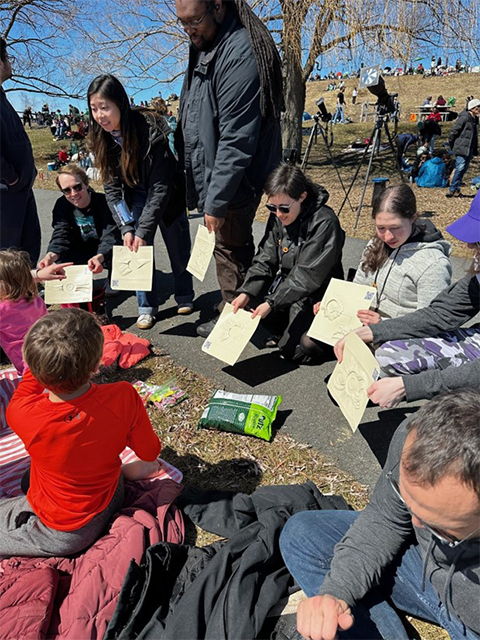
Rebecca Matte
I am an assistant professor at Landmark College in Putney, Vermont, where I work exclusively with neurodivergent students, including those with autism, attention-deficit/hyperactivity disorder, dyslexia, and executive function challenges. I wanted my students to be a part of this once-in-a-lifetime event while also engaging in science outreach.
Sunflower area
A phenomenon that would draw more visitors to Vermont than a peak day in foliage season may not have seemed ideal to my students, so I teamed up with the city of Newport to make the eclipse experience more inclusive for neurodiverse individuals.
My assistant, Rebecca Mattei, and I came up with the idea of creating what we called the “Sunflower Zone,” a low-sensory space where my students and others could enjoy the eclipse without loud noise, large crowds, and other overwhelming stimuli. We were inspired by Sunflower Hidden Disability Project.
The organizers in Newport booked us a stand after a few emails and phone calls. This provided a calm and controlled environment for students who might otherwise have found the experience overwhelming. We asked families with noisy dogs or other high-energy distractions to respect the area, and everyone did so.
Our students wore sunflower pins to identify themselves as volunteers and help others understand the purpose of the space. We could have used more signage, but the area was a safe haven, and our students experienced the eclipse in a way that left them manageable and even calm. The sunflower area gave them room to breathe, creating a space where they could feel ownership while still being part of a public event.
Eclipse Awareness
We brought lithographs of past eclipses and used them as conversation starters. As a game, my students invited the children to put the pictures in chronological order, which would help them learn about the history of the eclipse. The game was accessible to blind or visually impaired children, allowing everyone to participate. My students worked as a team, dividing up roles based on their strengths, with some initiating conversations, others leading the game, and others sharing fun facts about the science behind the eclipse.
After nearly a decade of involvement in science outreach, I would say this event was one of the most enjoyable experiences I have ever had. I felt inspired as I watched my students demonstrate their science identities and resilience through communication.
The low-sensory space we created was a small but important adjustment that made the event more inclusive for everyone. Days like these remind me of the power of accessible science communication and the value of creating environments in which all individuals can thrive.
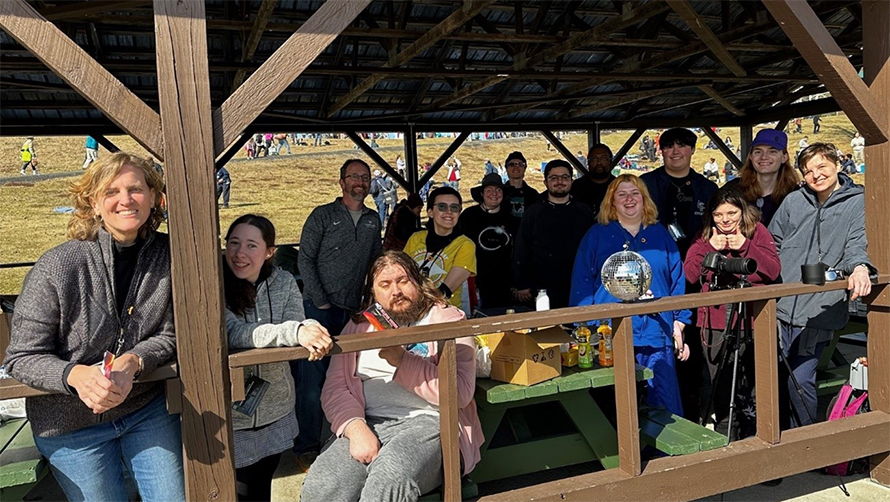
Christine Monroe
Landmark College students, faculty and staff inside the dedicated “Sunflower” Pavilion in Newport, Vermont, on the day of the eclipse.

